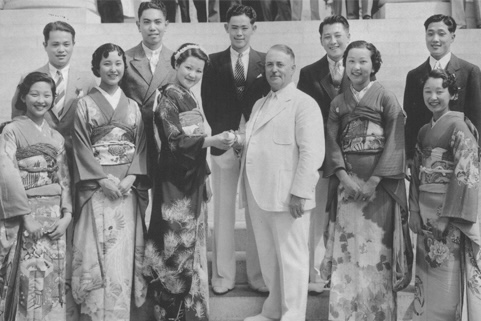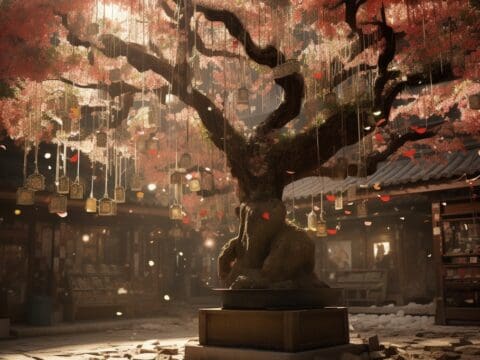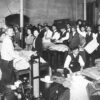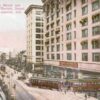
When a 122-year-old institution moves, it’s not just real estate that shifts—it’s history, identity, and memory.
That’s exactly what’s happening this summer as The Rafu Shimpo, the country’s last remaining bilingual Japanese American daily newspaper, relocates its operations from Little Tokyo, its home since 1903. For generations, The Rafu has been far more than just a newspaper—it has been a cultural anchor, a witness to history, and a symbol of resilience for the Japanese American community in Los Angeles and beyond.
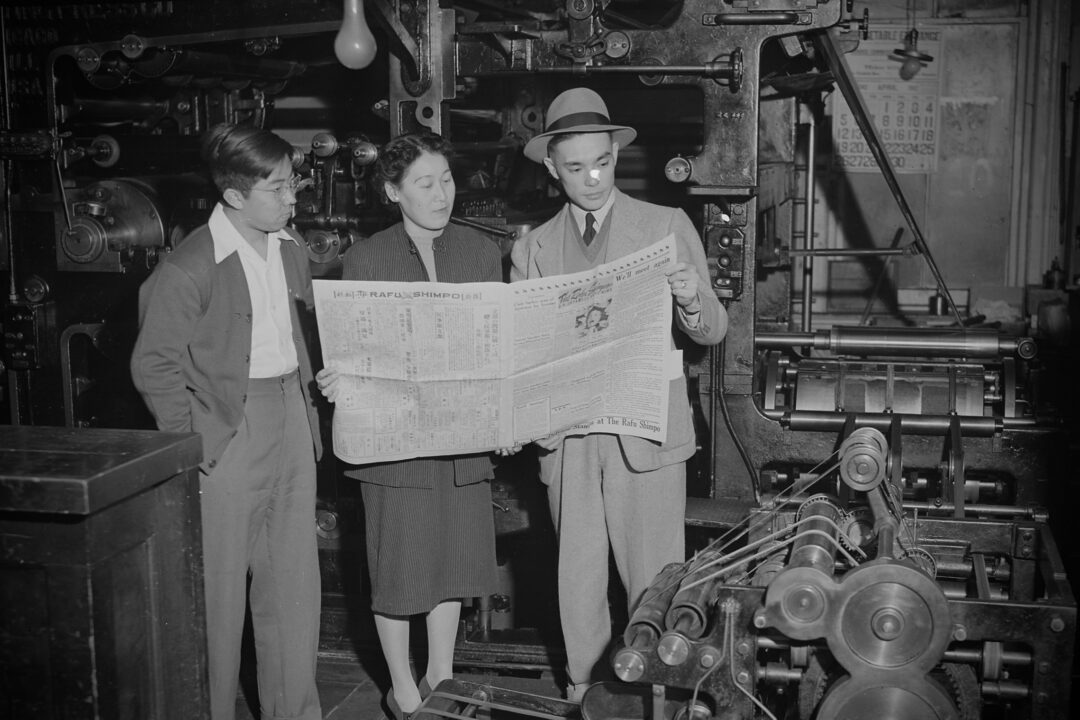
Founded in 1903 by three USC students, The Rafu Shimpo (“Los Angeles Newspaper” in Japanese) began as a humble one-page newsletter. By the 1920s, it had grown into a powerful community voice, adding English sections to bridge generations. It documented weddings, births, civic milestones, and political fights. It spoke for a people when few others would.
Then came World War II. The U.S. government incarcerated more than 120,000 Japanese Americans, shuttering The Rafu’s presses in 1942. But even as its staff were forcibly removed, the paper’s leadership made an impossible plan: hide the Japanese type beneath the floorboards and continue paying rent during internment. That decision made it possible for The Rafu Shimpo to rise again just months after the war ended—a rare feat among Japanese American institutions.
“The community itself has a lot of resilience,” said publisher Michael Komai. “In Japanese, the word gambatte can be interpreted in many ways depending on the situation. Try your best. Persevere. Give your all. That’s a word that describes our community.”
Leaving Little Tokyo—But Not Its Spirit
Now, in 2025, the paper faces another kind of displacement. The Rafu Shimpo is relocating to a new office at 1300 West Beverly Boulevard in Montebello, marking the first time in its 122-year history that it will operate outside of Downtown Los Angeles or Little Tokyo.

“We’ve only been there 120 years,” Komai said wryly, with a hint of sorrow. “I’m sad we’re moving out of the area.”
Komai cites rising rents, redevelopment, and the shifting economic landscape of Little Tokyo as primary reasons for the move. But the decision, while difficult, doesn’t shake the deeper mission of the paper.
The move comes amid broader concerns about cultural erasure. In 2024, Little Tokyo was named one of America’s 11 Most Endangered Historic Places, highlighting the mounting pressure on historic neighborhoods and the institutions within them.
Upheaval, War and Dispora
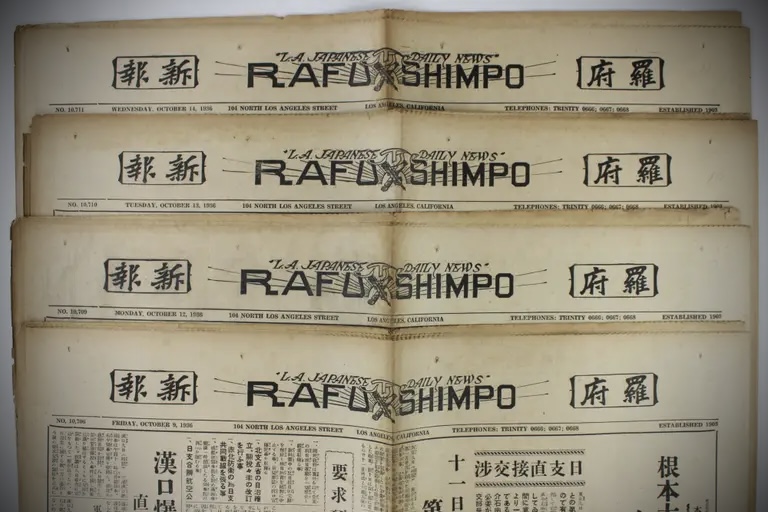
Through every upheaval—war, diaspora, digital disruption—The Rafu Shimpo has stood firm. Not only surviving but evolving. In an age where local journalism is vanishing and heritage papers are folding, The Rafu remains committed to publishing in both English and Japanese, four days a week, with a growing digital presence.
It’s not just the news it covers that makes The Rafu essential—it’s how it covers it. With care, with memory, with a sense of continuity that few outlets can claim.
“In all of this—there’s good, there’s bad, and you fight your way through.”
For many Nisei, Sansei, and Yonsei generations, The Rafu has chronicled family legacies. For new readers, it offers a living connection to cultural identity and community memory.
In that sense, the move to Montebello isn’t a retreat. It’s an evolution—one more chapter in a story that has already defied the odds a dozen times over.
The Legacy Lives On
As they pack up the newsroom on 2nd Street, the staff carry more than archives—they carry a voice. Not just for the headlines they write or the pages they publish, but for the legacy they’ve built through the fiery trials they’ve endured.
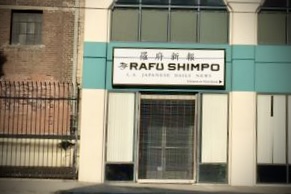
Just as gold is forged through fire, The Rafu Shimpo has emerged time and again as a cornerstone of the Japanese American community. From wartime incarceration to economic hardship, from the analog press to the digital age, its story is not just one of survival—but of transformation, perseverance, and cultural stewardship.
“It’s all of our jobs to be mindful of others and keep the history alive,” Komai said.
Their journey is more than a chronicle of news—it’s an inspiration. A living testament to what it means to serve, to speak, and to stand for something larger than yourself.
The address may change. But the legacy continues—and the voice remains unshaken. www.rafu.com
![]()




